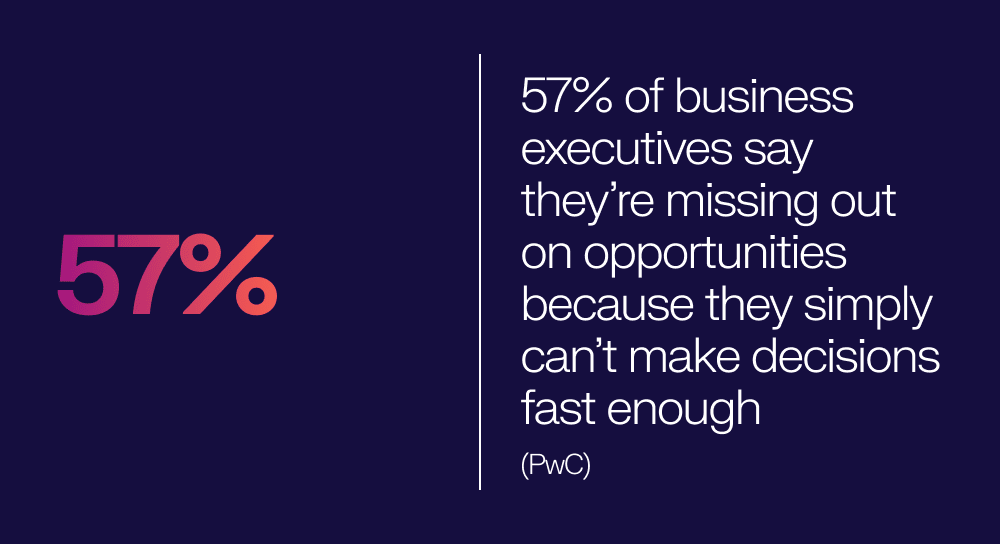How To Take The Guesswork Out Of Workforce Transformation
Workforce transformation is now a CEO-level imperative. The nature of work is shifting – faster than most organizations can adapt. AI is reshaping roles and workflows. Business models are evolving. Skills are becoming obsolete as quickly as new ones emerge – and most companies are struggling to keep pace. And yet many leadership teams are still making high-stakes decisions with limited visibility.
You can’t steer an organization into the future using yesterday’s assumptions.
To move with clarity and confidence, you need to remove the guesswork. That means transforming how your organization understands both the work that needs to be done, and the capabilities required to do it – not just by role, but at the level of individual tasks and underlying skills.
Let Go Of Legacy Thinking
Many transformation efforts stall because they’re built on outdated frameworks: fixed job titles, static org charts, or annual plans that can’t flex when priorities – and market conditions – shift. But today’s environment demands continuous, dynamic alignment between your strategy and your workforce.
It’s not enough to know how many people you have, or what roles they hold. You need to understand what work is actually being done – the tasks, activities, and responsibilities that flow through your business every day. And you need to know which skills are being applied to those tasks – and which ones are missing or underused.
By mapping work at the task level, you can make faster, more informed decisions about what to automate, where to reskill, and how to redesign work to support your business model.
Build A Shared Language For People & Work
Creating a new value proposition for the age of AI isn’t just about adopting new tools – it requires new partnerships. In a recent Deloitte survey, nearly a third of executives said that to achieve better human and business outcomes, their Chief Information Officer, Chief Digital Officer, and Chief Human Resources Officer must work together to optimize how people and machines collaborate. Some even argued that the CHRO role itself should evolve into a “Chief Human and Machine Resource Officer.”
Collaboration requires a common language – one grounded not in jobs or departments, but in the real mechanics of work: What tasks need to happen? What skills do they require? Who or what is best placed to perform them?
Beamery gives leadership teams this clarity. By connecting data across your ecosystem – and enriching it with task- and skills-level intelligence – you gain insight into how work actually gets done, where there are inefficiencies, and how to reorganize teams, tools, and talent to meet shifting priorities.
Eliminate The Bottlenecks That Are Slowing Growth
Speed matters. According to PwC, over half (57%) of business executives say they’re missing out on opportunities because they simply can’t make decisions fast enough. That’s not just an operational problem – it’s a growth constraint.

One major reason? Workforce data is often fragmented across systems and functions. Strategic planning happens in isolation from talent planning. Finance and HR don’t speak the same language. And as a result, leaders don’t have the full picture of what work needs to happen – or who or what is equipped to deliver it.
Leaders require a single source of truth – connected workforce intelligence – that reflects not just headcount or roles, but skills, capabilities and tasks.
Skills & Tasks: The New Currency Of Transformation
As AI takes on more operational tasks, and as job boundaries continue to blur, transformation requires more than just knowing what talent you need. You have to understand what work is changing, and what that means at the task level – which units of work are being augmented, which are being automated, and which still require uniquely human input.
That’s why skills-based strategies alone are no longer enough. You need a task-based view of work to fully understand where your risks, gaps, and opportunities lie.
According to Workday, 81% of global leaders now agree that putting skills at the heart of talent strategy is key to driving growth. But the real unlock comes when you connect those skills to tasks – and make them visible, measurable, and dynamic.
AI That Understands Work
AI is central to transformation – but only if it’s applied responsibly and with precision. Beamery’s AI doesn’t just surface generic insights. It understands your organization’s specific structure, goals, and workforce context – and applies that understanding to help you make faster, smarter decisions at the point of need.
It works with your data, and references external data sources, for an accurate, up-to-the-minute picture that can support your modeling and planning in an evolving landscape.
That means:
- Task-level intelligence to model different ways of doing the work
- Skills intelligence to understand who can do it – now or with development
- Ethical, explainable recommendations grounded in your own data and policies
You don’t just get automation. You get better planning, sharper workforce scenarios, and the confidence to act with insight – not instinct.
Leading Without Guessing
When you don’t have clear, connected insight into the work your business needs to do, and how best to organize people and technology to deliver it, you’re flying blind.
Beamery helps CEOs and business leaders remove that uncertainty. By connecting skills data with task-level insight, and integrating it across your systems, you gain a dynamic picture of how your business runs – and how to redesign it for what’s next.
Because transformation doesn’t happen on a slide: it happens in the day-to-day execution of work. And the best leaders don’t guess. They understand the tasks, the skills, and the people; they plan with powerful insights and act with precision.